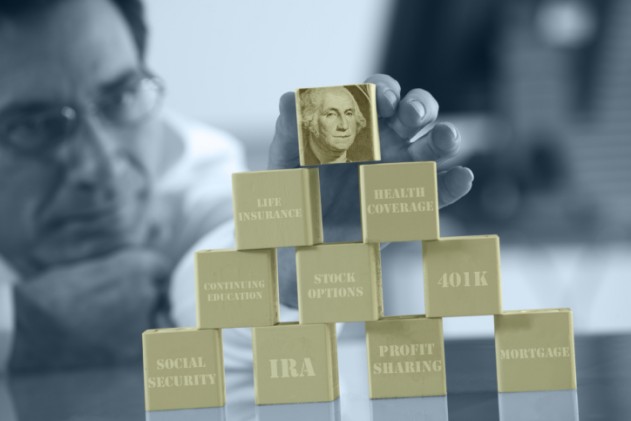
This blog post is the final post of a 7 part series on life insurance. You can find the first post here: http://www.your-insurance-experts.com/why-get-life-insurance-part-1/
The Real Power of Life Insurance Comes During Distribution
Now that Justin is ready to access the cash value in his policy, there are a number of options he can exercise. After maximum-funding a policy, the proper distribution of cash is the most important strategy. Since Justin is still living and his grown children have no need for life insurance, he could choose to surrender his policy. That would not be a wise choice because without an in-force life insurance contract, all of the gains in his cash value would be subject to taxes. In fact, that choice would have made this option worse than a tax-qualified plan like an IRA because Justin would have at least received the benefit of tax deferral.
Life insurance companies devised an ingenious provision that allows Justin to take out a loan based on the cash value in his policy. It is important to note that Justin will not borrow his own money. He will use the cash value in his policy as collateral. There is nothing particularly clever about taking out a loan and using something of value as collateral. What is inspiring to Justin is that he can take out his loan with no or little interest, and he will never have to pay the loan back.
Earlier, we stated that Justin was 35 and put in around $1,400 each month until he was 70, which equals $588,000 of cash value out of his pocket totaling around $2,000,000 of accumulated cash value in addition to the $500,000 he could pass to his heirs. Let’s assume that Justin is going to live on $100,000 a year during retirement. Justin could distribute or spend down his cash value in two phases.
Phase one – Justin could take a withdrawal of the money he put into his policy. Since he needs $100,000 a year to live on, it would take close to six years to withdraw his $588,000. After Justin has withdrawn the $588,000, there is a possibility that the $1,400,000 (the estimated result after you subtract $588,000 from $2,000,000) of growth could experience even more growth during the five years depending on market conditions.
Phase two – After Justin finishes withdrawing his out-of-pocket money, he could then take out a loan on the roughly $1,400,000 of cash value. The $100,000 a year would still come to Justin tax-free. The three most common purchases use a loan for are cars, homes, and student loans. We receive money to pay for these items, but we don’t owe any taxes on them, right? Instead, we pay interest to the lending institution. Similarly, the insurance company places Justin’s $100,000 into a separate account at a certain interest rate. What’s ingenious is that this $100,000 will also earn an interest rate during the year. If the interest rate is 5 percent and the $100,000 earns 4% in the separate account, then Justin’s net interest rate is only 1%. If the $100,000 earns 5% then Justin has a wash loan and doesn’t owe anything.
A logical question is, “This sounds too good to be true. Why doesn’t Justin have to pay back the loan?” Justin’s cash value is $2,000,000 and his death benefit is $500,000. For the sake of simplicity, let’s conservatively assume that the cash value doesn’t earn interest and the interest rate in the loan (say 5%) and the $100,000 in the separate account (5%) create a wash loan. If Justin lived until 86, (16 years in retirement at $100,000 a year is $1,600,000) he would have a $500,000 death benefit to pass to his heirs. At that time, the insurance company would deduct $1,600,000 from the $2,000,000 and his heirs would receive what was left over, which in this example, would be $400,000. Therefore, the total tax-free death benefit Justin’s heirs would receive is $900,000.
To summarize, Justin maximizes the amount he puts into his cash value life insurance policy with after tax money. His cash value grows over a long period of time. During his retirement years, he withdraws $100,000 a year tax-free until that money is gone. After he withdraws his money, he will then take a loan of $100,000 a year tax-free for the rest of his life. When Justin passes away, the death benefit and the remaining cash value will go to his beneficiaries without any tax liability. In other words, for delaying gratification for 35 years and contributing $588,000 in this example, Justin lived retirement on $1.6 million tax-free and still had almost a million tax-free dollars to pass to his heirs. I would say that it was good that Justin and his insurance agent met.
Now that you have the information, do not become a victim of procrastination. Contact an insurance expert in your local area who can sit down and discuss your individual situation (if you reside in the Southern California area, I will be happy to help you — my contact details are below). Whether you decide to make this a part of your retirement portfolio or not, take action now by making an informed decision. Your retirement future and the financial well-being of your family could depend on the steps you take today.




Leave a Reply
You must be logged in to post a comment.